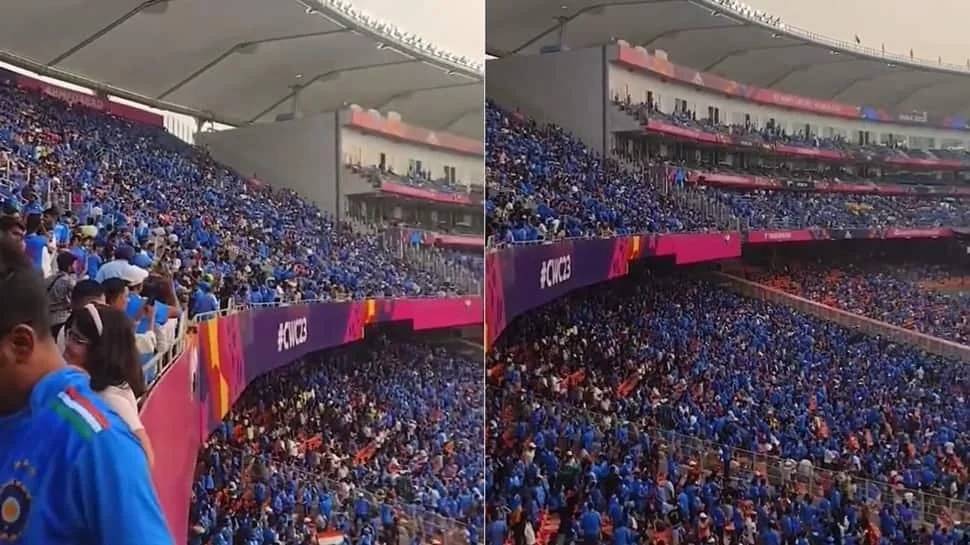Modi Stadium World Cup Final Silence | A Sporting Void
Whispers spread, suggesting an extraordinary claim: Ponting’s bat supposedly harbored a spring that aided his extraordinary performance, ultimately contributing to India’s defeat. While this notion seemed far-fetched, suspending disbelief is a peculiar comfort, especially during profound disappointment. Perhaps this was the way for ’90s kids to grapple with a harsh reality, much like the contemporary Gen Z’s adoption of the phrase “Delulu is the only soul” – where delusion becomes the refuge.
In today’s world, where every aspect becomes fodder for social media, the cricket game showcases a lavish lifestyle. It transforms into a statement, portrayed through selfies and Instagram posts, signaling one’s arrival in the world. When the team fails to perform, it dampens the stadium experience and casts a shadow on the approval received on those social media posts.
In essence, the game transcends beyond its boundaries; it becomes a representation of status and identity in the digital era, and its outcomes weigh heavily not just on the field but in online validation.
